Learn
- Cols //
- Cycling Tours //
- Learn //
- Ask the experts //
- Shop
Dressing for Every Occasion on the Bike
Make the right clothing choices whatever the weather.
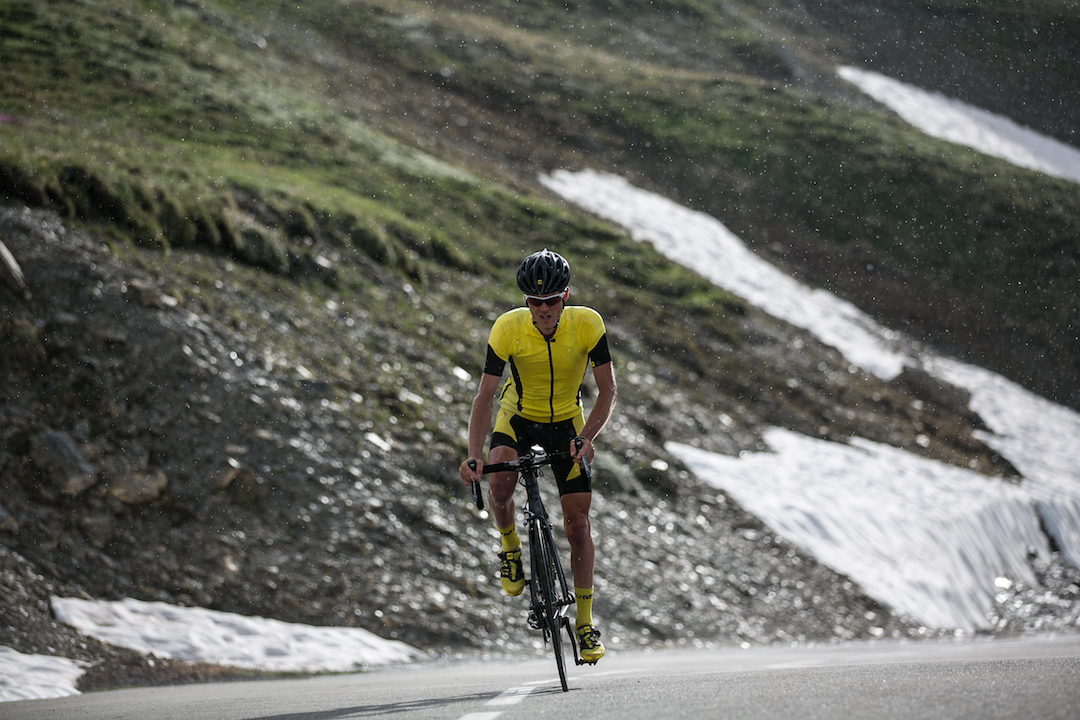
Fortunately for us, cycling apparel has come a long way since the woolen jersey and leather shoe era of Eddy Merckx and whilst these still have their place in history, we’re now lucky enough to have an abundance of technical, lightweight, clothing designed specifically to help keep us riding in comfort for longer whatever the day may decide to throw at us.
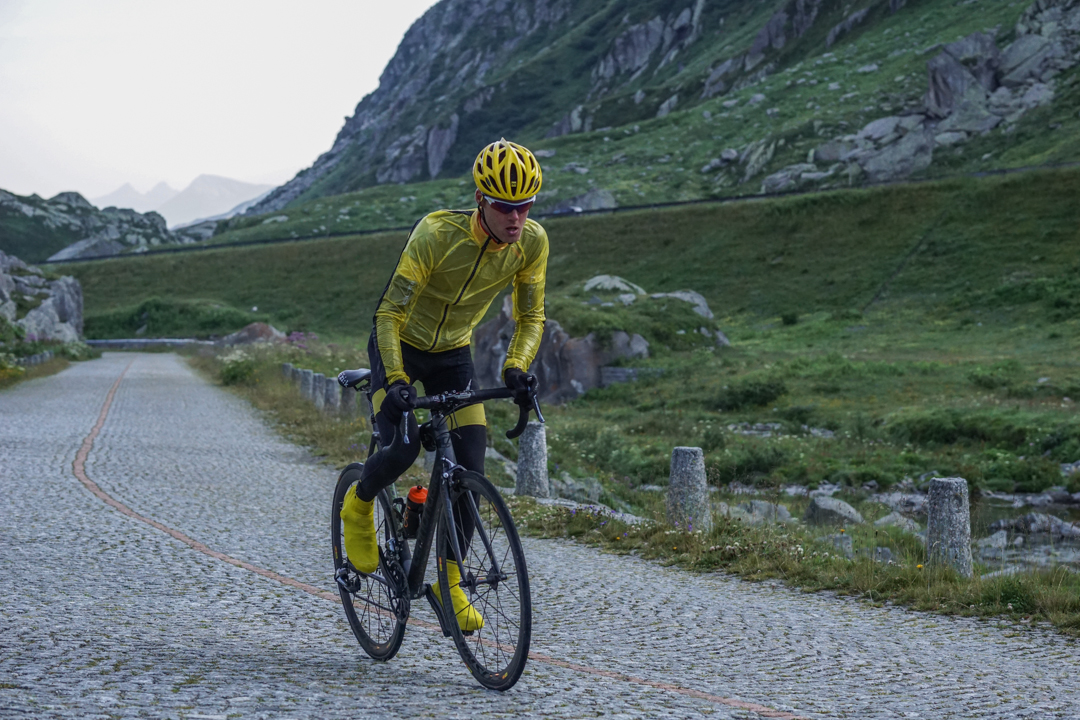
The list and expense can keep growing with the many choices available but with careful consideration it’s possible to assemble a wardrobe of ‘must have’ apparel and accessories suitable for every occasion. Here are our tips on dressing well for the occasion.
Wet
Despite the Met office improving their weather predictions in recent years there’s nothing worse than setting off for what looks to be a fine day only to find that you’re caught out by a cold shower (or worse). If the forecast is looking a bit iffy then air on the side of caution and dress accordingly to ensure that you can fend off the elements should they bite.
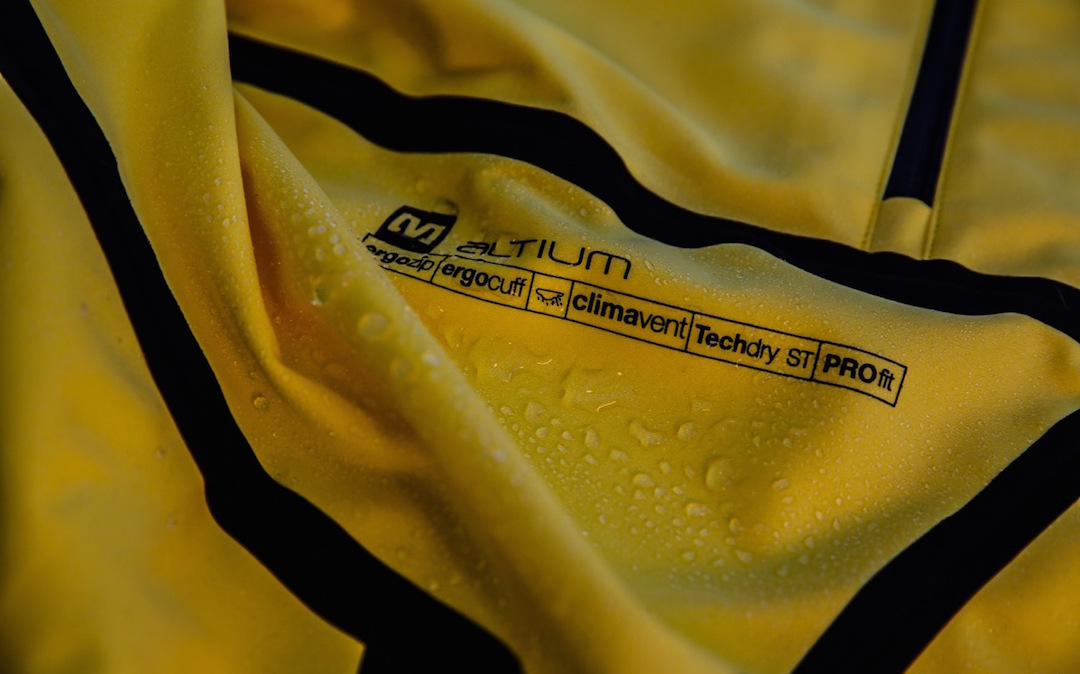
The primary choice of protection from the wet is a good waterproof jacket. Although they can seem expensive, a high performing garment in this category is worth every penny - as you’ll soon realise when the rain starts to lash it down and you’re still laughing. Check for taped seams to prevent water penetrating where two parts of the jacket are stitched together and, unless you are riding in extreme conditions all day, make sure it’s packable so that you can carry it with you.
Keeping your extremities dry on the bike is one of the more challenging aspects of cycling in wet weather. Waterproof gloves can help fend off the worst for a couple of hours but once they become saturated the level of protection deteriorates rapidly. Likewise with rainproof overshoes, they’re certainly better than not covering your feet at all but don’t expect them to keep you 100% dry all day, just think of them as an essential extra barrier for the short term.
In some instances ‘shower-proof’ garments that have a coated fabric that beads water droplets off of it in wet conditions can be a real bonus when you know you could get caught in a downpour and you don’t want to (or have the space) to carry extra clothing.
Windy
Whilst you can certainly choose whether to saddle up in the rain or not, the wind is one of the elements that is much more tricky to avoid at all times. Even on a still day as you start to descend you’ll soon feel the wind against your body and if you’re sweaty after a climb it’s chilling effect will be magnified even more, making you’re body suddenly feel cold.
One of the most effective and versatile pieces of clothing, and an item that no cyclist should be without, is a good gilet or vest. As they can be worn in almost every condition you’ll soon realise how much of a good investment it is and, as they are now extremely lightweight and packable, they can easily be taken with you or stowed in a rear pocket just in case. Some jackets or jerseys have a front windproof panel although these would be more suited to the colder days as they tend to be made of a thicker fabric.
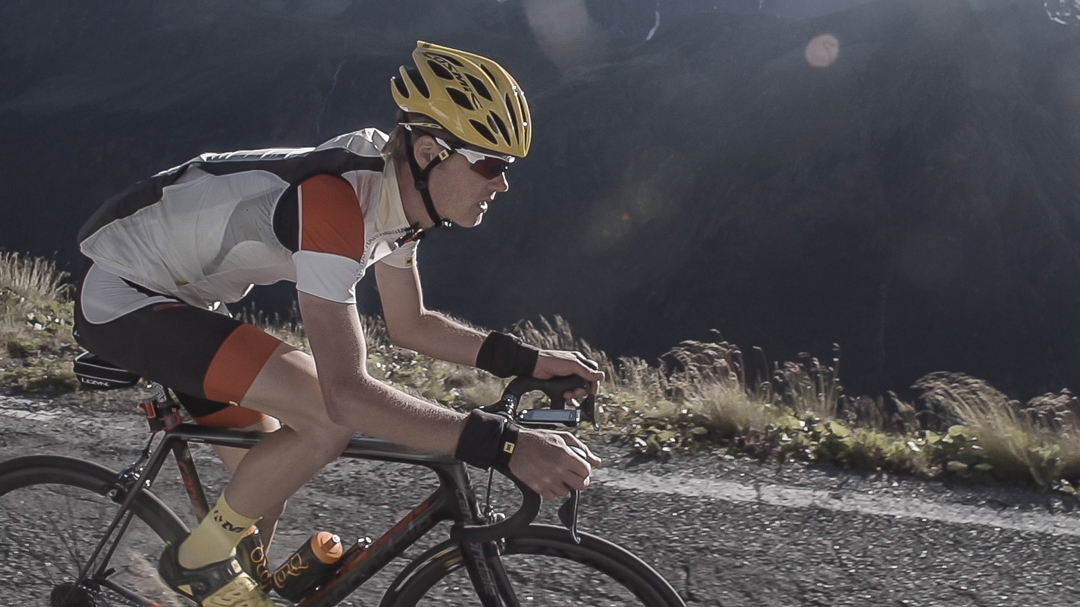
Gloves with a windproof backing will be a valued addition to the wardrobe although due to their extra bulk may only be suited to the colder days. Thinner mitts will help take the edge off of the wind as well as offering a layer of protection should the unfortunate happen and you have an encounter with the tarmac.
Overshoes or toe covers can help keep your feet protected and warmer for longer. Once again look for materials that have been specifically developed to block wind as not every material will offer the same protection in certain conditions. At the top end of your body a beanie, skull cap or helmet liner inside your helmet can really help keep you in comfort if you’re battling a headwind.
Hot and Dry
Everybody’s favourite riding conditions! There’s nothing better than heading out on a summer’s day with an open road ahead and good company to share the road with. However there are a few factors to consider when kitting up for a ride in the sun.
Lightweight, technical fabrics are designed to wick sweat away from your skin as you perspire in the heat. Although a base layer may not be the first thing that springs to mind on a blazing day, it’s often this first layer that you put on that is the most effective at drawing the moisture away from your body to keep you dry and comfortable.
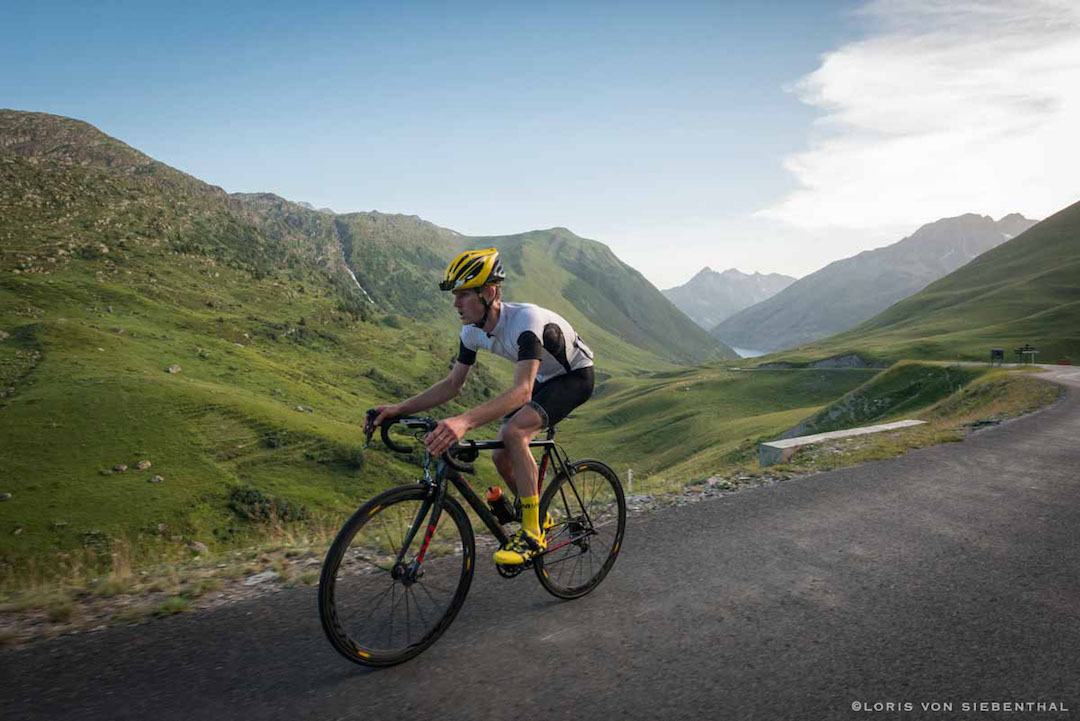
Choosing the right jersey needs some careful consideration. The very light, almost transparent garments, can work perfectly on their own on the hottest of days or when teamed up with a thin base layer. One thing to look out for though is the strength of the pockets to ensure they don’t sag when loaded up with food and essentials. Check the UV rating on all summer garments to ensure that they offer adequate protection agains harmful rays. Even the pro’s can overlook this, as was the case with Chris Froome earlier in the year when he got horrifically sunburnt after wearing a super lightweight team jersey.
Arm warmers are another cyclist ‘must have’ item and in some cases they’re called ‘arm screens’ when made of a thinner fabric using Coldblack™ technology. Although standard arm warmers can be as equally effective when you want to block the sun from your skin and come in especially handy for long descents or shady sections of the ride.
Don’t overlook your hands and feet either. A pair of mitts will help you keep good grip on the bars as you sweat, and offer a mop for your brow while lightweight socks will keep your feet drier and more comfortable when the heat really does start to soar.
Cool and Dry
Mid weight clothing and removable / packable layers are the aim of the game for those cool but dry days. This weather can throw up a few options as the seasons change so try to assess at what temperature you need what level of protection - for example when you need to dig out the knee warmers and full length gloves. We’re all different so the best way to find out what works best for you is to experiment. You’ll soon have the experience to know what works for you on the cooler days.
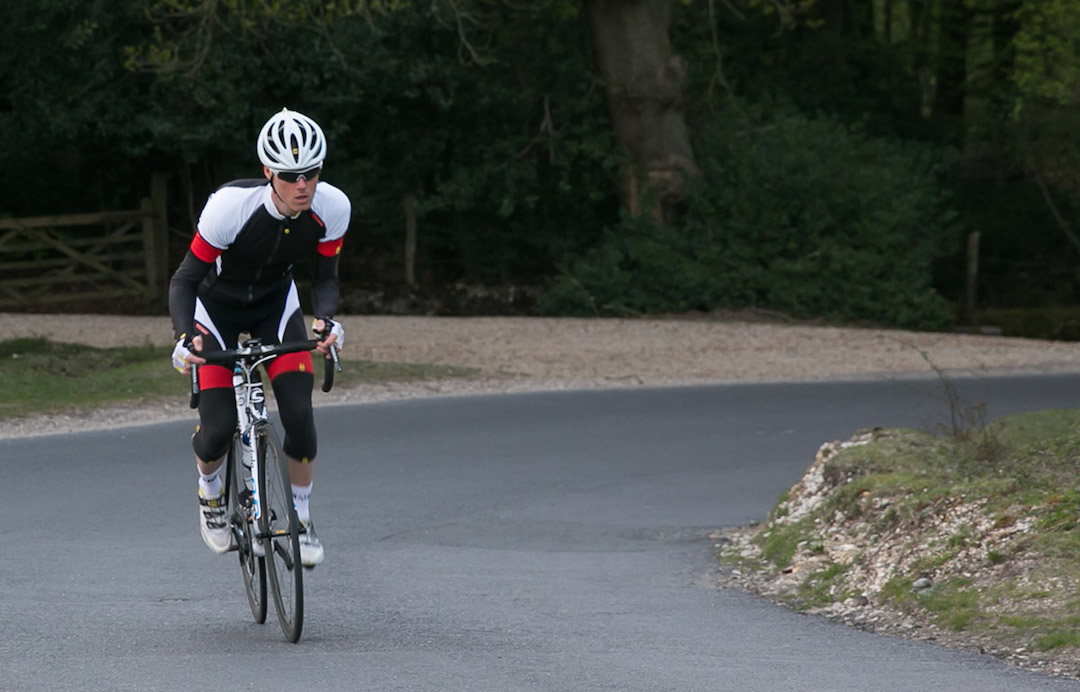
On milder dry days shorts and knee (or leg warmers) are an ideal combination, keeping bulk to a minimum as well as being easy to remove if you do get a little warm. Layer up, starting with a good base layer, jersey (either short sleeved with arm warmers or long sleeved) followed by a gilet. These items offer excellent versatility and can be rolled up, down or removed to moderate your temperature.
It’s amazing how much of an effect cold hands can have on your ride. Lightweight mid-weight gloves are very useful as the temperature starts to drop, especially as your hands are static and take the full brunt of the wind. Opt for slightly thicker socks, although you don’t want to go too thick as you need to maintain blood flow to your feet, which is where a pair of over socks to cover your shoes can come in very useful. The traditional cyclist cotton cap comes in handy at keeping your head warmer and sheltered from the wind, not only that but they look cool too!
Cold and Dry
Since the top half of your body is static when cycling this means that’s it’s very hard to generate heat. In cold conditions you therefore need to look for clothing that will help contain your body’s own heat for as long as possible. Exposing as little skin will help as will making sure that the kit you choose is fully up top the job of protecting you in the best way. Naturally more protection here means bulkier clothing so make sure that it really is cold enough to be wearing your extreme weather gear before you step out in full winter attire.
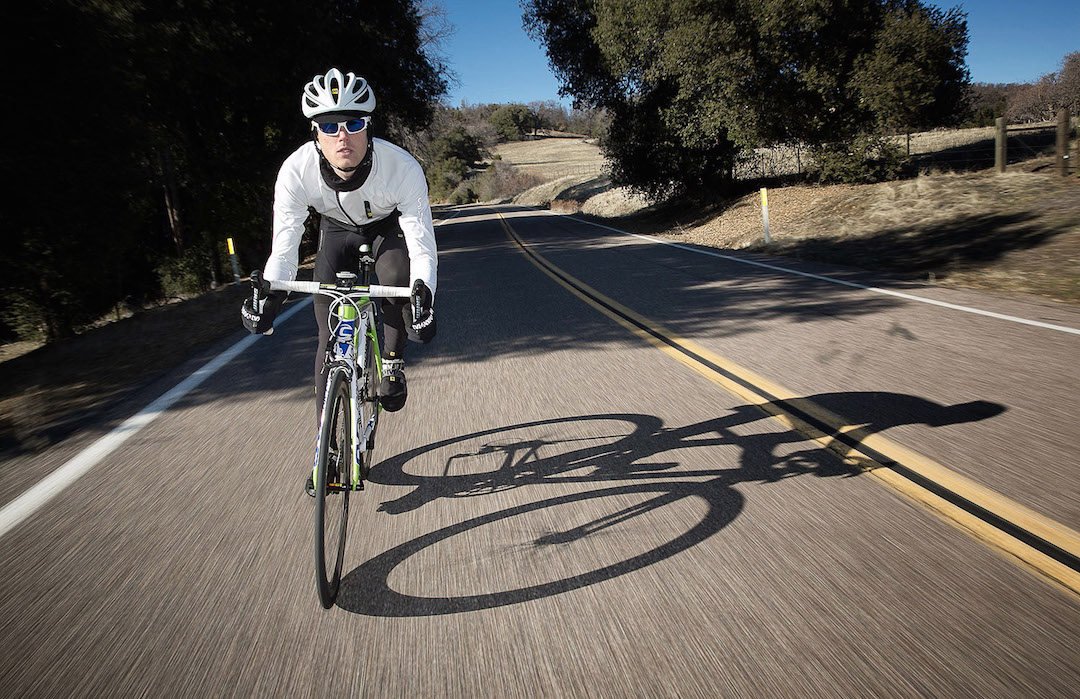
Once again, the most important layer here is your base layer. A thicker, long sleeved, layer will be a good place to start and will help to quickly transfer sweat to your mid layer to keep you dry and comfortable. Using a base, mid and outer layer will enable you to regulate your temperature better throughout the ride, offering more comfort than one thick layer. A good soft shell can act as a really useful barrier against the cold whilst also offering varying levels of breathability depending on the fabric or design - for example look for vents to allow air to flow and a high neck to keep out the wind. As you’ll be wearing gloves it’s also good to check how easy the rear pocket is to access, if it’s a traditional 3 pocket design or single zipped pocket configuration.
As your legs are constantly moving they tend to feel the cold less than the rest of your body but when it’s very cold you’re certainly going to benefit from the extra protection that a pair of tights will bring. Check for fabric thickness and exactly what the intended purpose of the garment is as you’ll be able to find tights for every eventuality from cold to wind to rain.
How far you go with your accessory wardrobe will broadly depend on how much you feel the cold and what weather you’re prepared to ride in. If you’re planning on riding all year around then having an assortment of extras including a neck buff, beanie, ear warmers, thicker gloves and neoprene overboots will go one level beyond your warmer winter gear.
Although this may seem like a lot to consider it’s best to build things up over time, concentrating on what you need for the current period of the year and adding to it as the seasons change. You’ll soon learn what works best for you and if there are any essentials missing from your kit bag.
Ride safe and enjoy!
Mike Cotty
Article first published on roadcyclinguk.com
For more help and advice why not ASK THE EXPERTS
Topic: Clothing · General
More advice in this topic
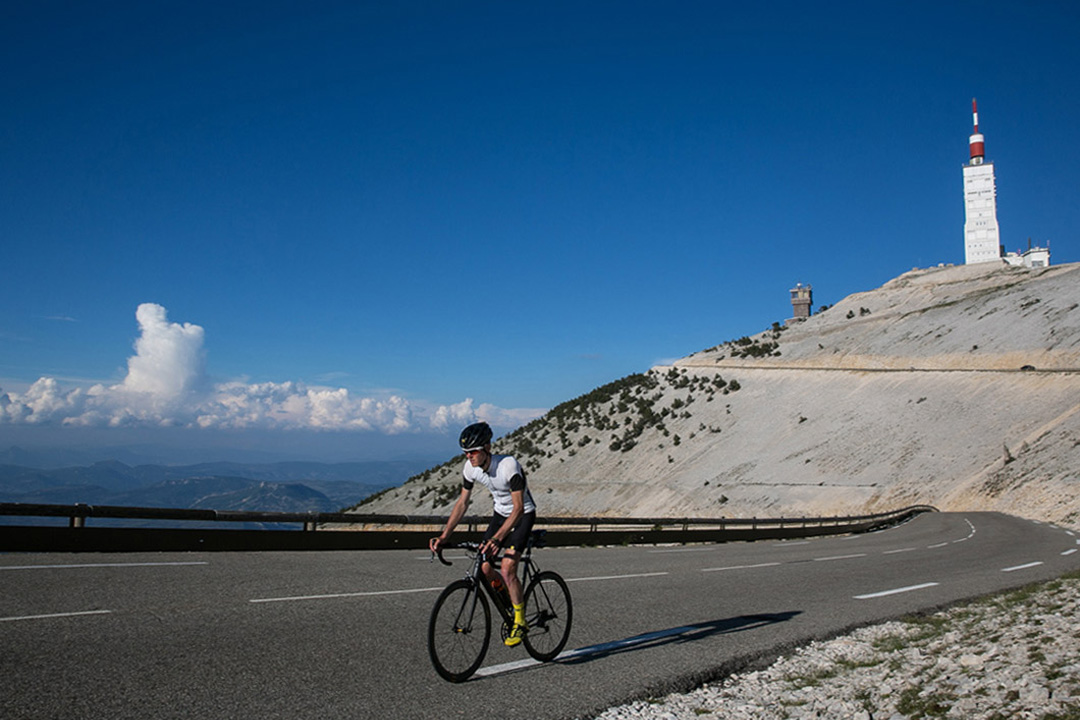
Tech Talk - The basics of clothing technolgy for changing conditions












